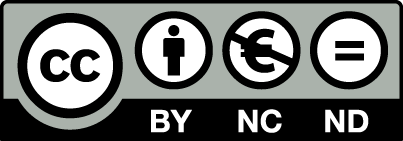PERSONNEL CONTROLLING TOOLS IN THE ERA OF INDUSTRY 4.0
JANA BLŠTÁKOVÁ – NINA DĚDEČKOVÁ
https://doi.org/10.53465/EDAMBA.2021.9788022549301.52-62
Abstract: The aim of this paper is to contribute to the discussion of personnel controlling tools and changes that occur as a result of Industry 4.0 through a literature search. We have used basic scientific methods, such as analysis, synthesis, generalization, comparison, induction and deduction, to develop a literature search. By studying the topic, we performed an analysis of current knowledge about selected personnel controlling tools and changes in the Industry 4.0 era. Schulte (2020) considers strategic planning of the workforce and requirements, employee surveys, balanced scorecard, benchmarking and process model of personnel analytics to be selected tools of personnel controlling. We also identified changes that occur in the researched topic in the context of Industry 4.0 era. These changes are the increasing digitization of individual tools due to the increase not only in the volume of data being processed, but also in the speed at which the data is processed. It uses analytics that include methods for the highest degree of automation of recognition and the use of patterns, contexts and meanings. Statistical methods, predictive models, optimization algorithms, data mining, text and image analysis are also used. Innovative solutions for virtual environments are transforming people management tools by automating manual processes and optimizing the implementation of strategic tasks. It is in the interest of companies to adapt to change to remain competitive.
Keywords: personnel controlling, tools, industry 4.0
JEL classification: M19, M50
Fulltext: PDF
Online publication date: 12 May 2022
To cite this article (APA style):
Blštáková, J. & Dědečková, N. (2022). Personnel Controlling Tools in the Era of Industry 4.0. Proceedings from the EDAMBA 2021 conference, 52 – 62. ![]() https://doi.org/10.53465/EDAMBA.2021.9788022549301.52-62
https://doi.org/10.53465/EDAMBA.2021.9788022549301.52-62
License:

This work is licensed under a Creative Commons Attribution-NonCommercial-NoDerivatives 4.0 International License.